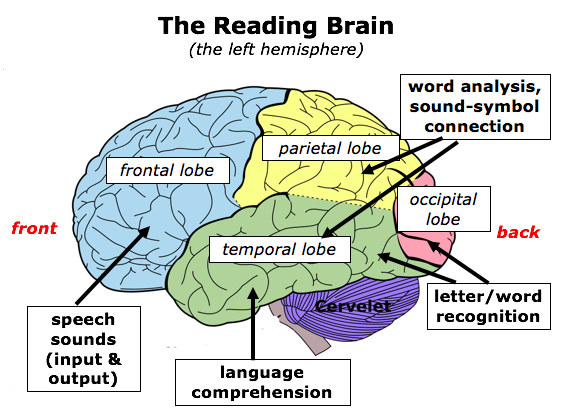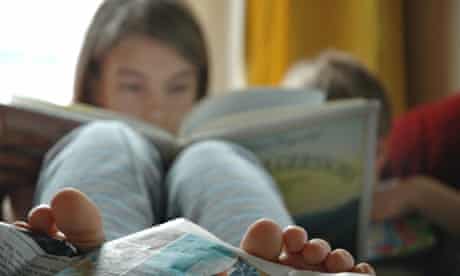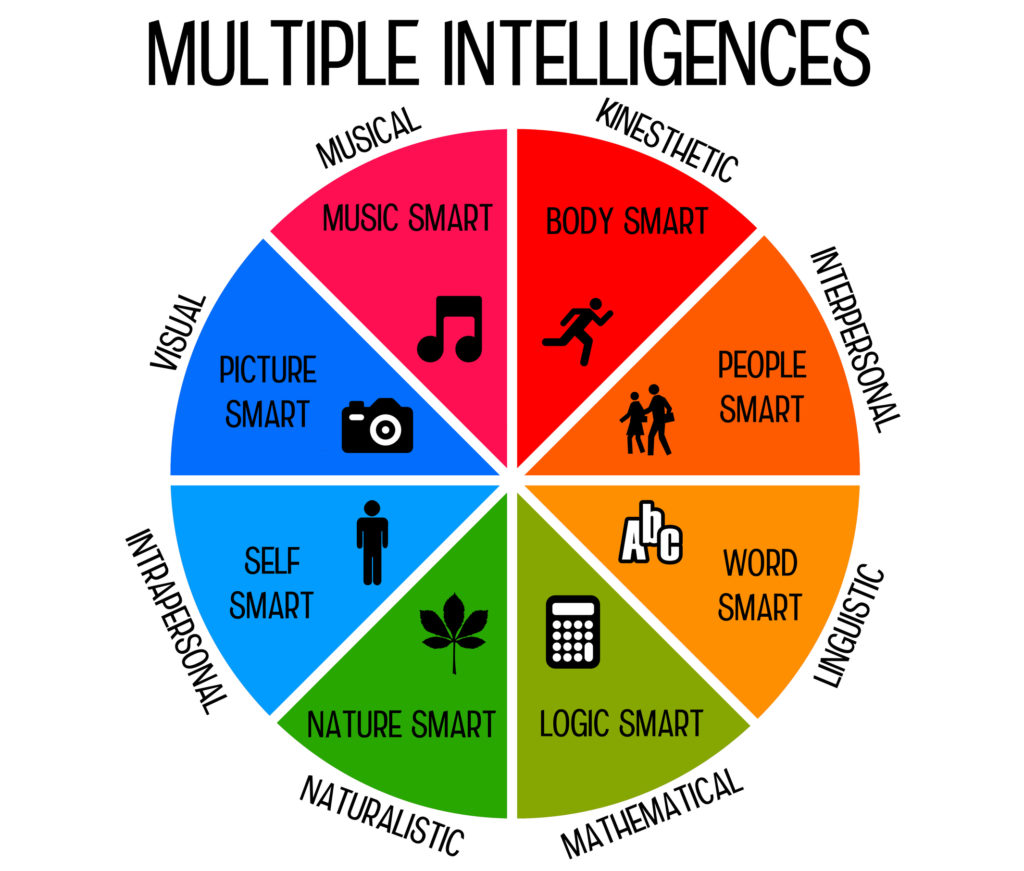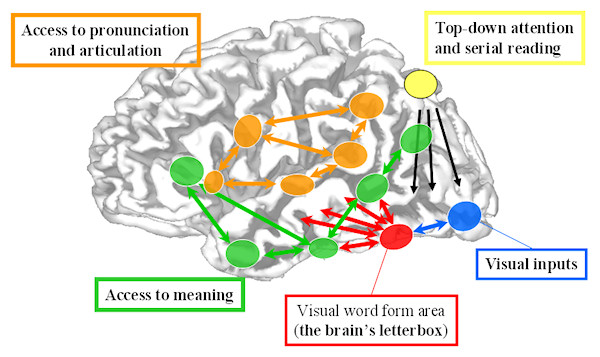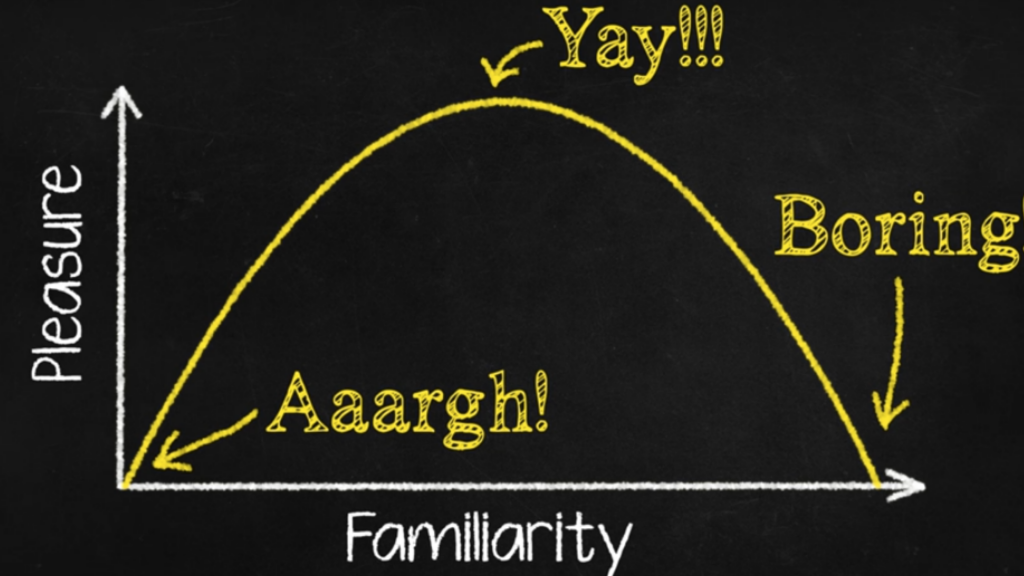My Story
By Paul Blackman I was playing tennis and suddenly felt acute pain in my chest. This led to a two-hour delay finally getting to a hospital where I can be treated. The doctor who examines me tells me that I have had a major heart attack and that if I made it through the night


